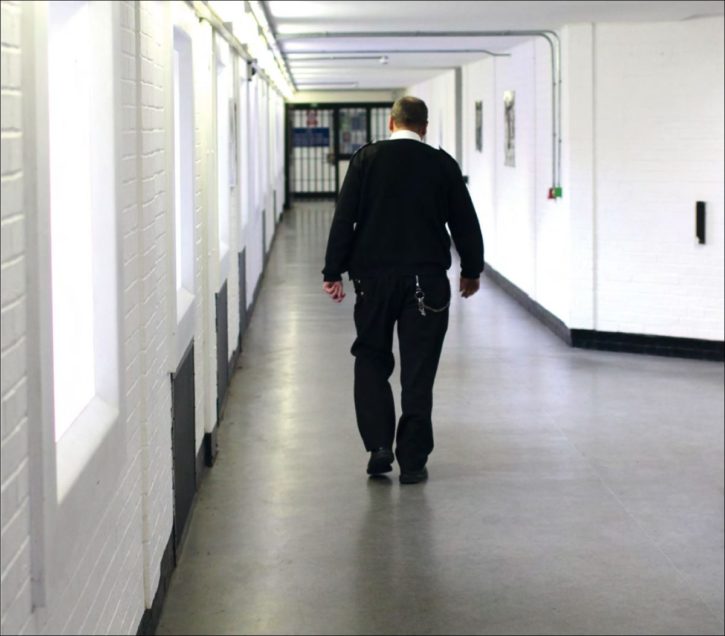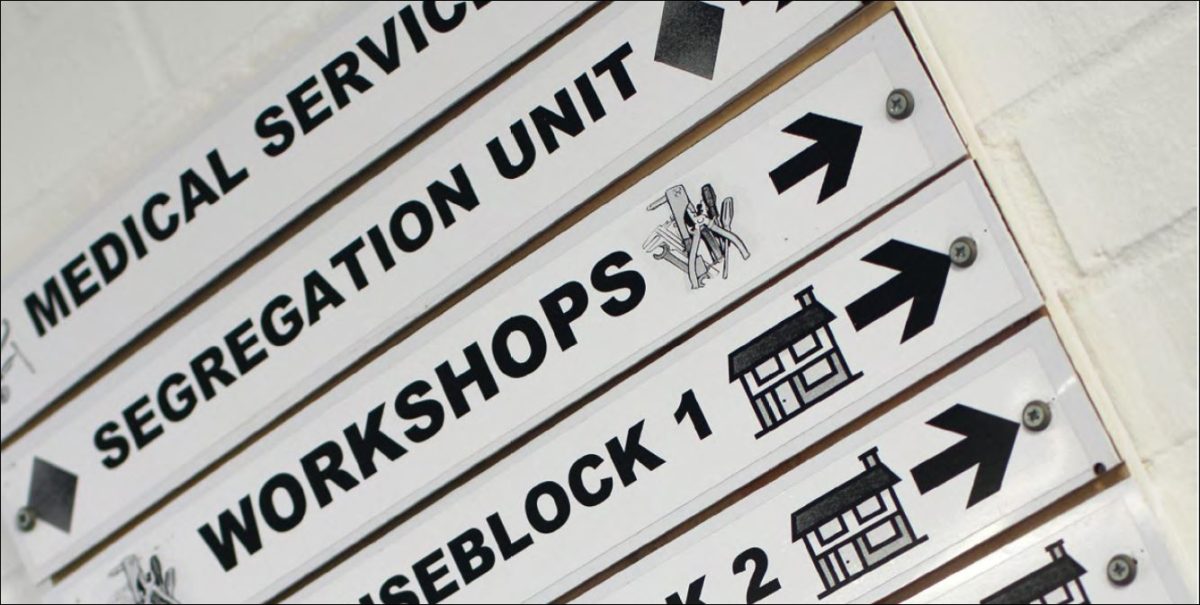Another bleak year in the prison system
Last year I did an extensive series of blog posts looking at the key findings of the annual report from the Chief Inspector of Prisons,
then Nick Hardwick. It painted a bleak picture of deteriorating conditions, more dangerous prisons and a surge in the use of drugs to unprecedented levels. Disappointingly, this year’s annual report from new Chief Inspector Peter Clarke, repeats many of the same findings.
Rather than run another series of posts with similar conclusions, I have chosen, this year, to focus on seven key issues highlighted by Peter Clarke in his introduction to the report.
[It should be noted that although the 2015/16 annual report was published on 19 July 2016, all of the inspection activity it refers to was actually undertaken during Nick Hardwick’s tenure which ended on 31 January 2016.]
1: Assaults increased by 27%
During 2015 there were over 20,000 assaults in our prisons, an increase of some 27% over the previous year. As if that were not bad enough, within that huge increase, serious assaults have risen by even more, by 31%, up to nearly 3,000.
2: Self harm rose by 25%
Over 32,000 incidents of self-harm in 2015 is an increase of 25% on the previous calendar year, and the tragic total of 100 suicides between April 2015 and March 2016 marks a 27% increase.
3: Impact of rise in NPS can’t be under-estimated
The Chief Inspector reports meeting a number of prisoners on inspection visits who have “self-segregated” in order to escape the violence related to the use of new psychoactive substances.
4: Too many prisoners with serious mental health problems end up in segregation units
Mr Clarke reports that:
All too often those who cannot be accommodated on a wing, either for their own safety or that of their fellow prisoners, find themselves housed in the segregation unit. There, the conditions are often such that by internationally recognised standards they would be classified as solitary confinement.
5: The majority of young offender institutions are unsafe
Four out of the five young offender institutions inspected were found to be not sufficiently good in the area of safety. This had a knock on effect on purposeful activity, as a result of which education and training opportunities suffered.

6: Conditions in immigration detention centres are sometimes shocking
Prison Inspectors had not been notified of the use of a freight shed in Dover to hold migrants who had sought to evade border controls. When an inspection took place, conditions were “totally unacceptable” and the facility was closed.
7: The inspectorate needs more teeth
Peter Clarke uses his introduction to argue that individual establishments and government departments should both be placed under an obligation either to accept inspectors’ recommendations or to set out clearly why recommendations will not or cannot be implemented. He recommends that any such explanations should then be open to public and Parliamentary scrutiny.
IPP
One issue not raised by the Chief Inspector was the approximately 4000 prisoners given Indeterminate Sentences of  Imprisonment for Public Protection (IPP Prisoners) who remain in prison although the sentence was abolished in 2012.
Imprisonment for Public Protection (IPP Prisoners) who remain in prison although the sentence was abolished in 2012.
However, Mr Clarke’s predecessor, Nick Hardwick, who is now Chair of the Parole Board, recently (26 July 2016) published his plan to tackle what most people now regard to be a serious injustice.
His official statement is reproduced below:
“The IPP prisoners must serve a tariff, the period of imprisonment set by the sentencing judge as the punishment part of the sentence, but can only then be released if the Parole Board is satisfied it is no longer necessary for the protection of the public that they remain in custody. In effect that means they can only be released when they can prove they are no longer a risk rather than the Parole Board having to prove that they are a risk.
Concerns that IPP sentences were being used more extensively than intended led to its abolition in 2012 but this was not applied retrospectively to those already serving an IPP sentence. About 4,000 of these prisoners remain in custody today.
The previous Justice Secretary asked me to examine ways in which more of these prisoners could be quickly and safely released. I have not yet had an opportunity to discuss options with his successor and look forward to doing so.
Any changes need to be made carefully. Some IPP prisoners are clearly high risk and likely to remain so for a long time. Prisoners who present a very real risk to the public should not be released. Others present a very low level of risk and should be able to be released as quickly as their cases can be heard under the current arrangements. There is a middle group that it might be possible to release if effective arrangements are made to reduce their risk and manage them in the community.
The Parole Board can make progress on this issue without intervention by government by reducing delays in holding hearings and by working closely with the prison and probation services to ensure arrangements for preparing and managing the release of prisoners is improved.
We think that in this way we could reduce the number of IPP prisoners in prison to about 1,500 by 2,020.
If ministers want to go further and faster than this, that will require legislative or policy changes. Options might include:
- Revising the risk test so that prisoners only continue to be detained if there is evidence they remain a danger to the public.
- Introducing that measure just for ’short tariff’ IPPs – those who received a tariff of two years or less but remain in prison long after their tariff has expired because they are unable to prove their risk has reduced.
- Taking executive action to release IPP prisoners who have now served longer than the maximum current sentence for their offence.
All these options have advantages and disadvantages and there are variants of all of them. These are primarily matters for ministers and Parliament. It is important we proceed in a way that treats people fairly but maintains the confidence of the public that their safety and the concerns of victims will be carefully considered. It makes no sense to keep in custody prisoners who can be successfully managed in the community.”
Finally
In these very difficult times for the prison service, there is a crumb of comfort in knowing that both the current and previous prison inspector are determined to continue to shine a light in dark corners and show the reality of prison life to ministers, the media and the rest of us.
Let us hope that there have been some positive developments by the time of the 2017 Chief Inspector’s report.









2 Responses
My son was on rotle wandering around this town on his own ..basically on route to being released on one of these days he was so desperate to be home he had lunch with me at home traveling for half hour to get here.. this was three years ago I hope he dosnt
hang himself ..he is low risk ….and is due for another hearing soon?……….?…………?…………
The prison system is in crisis and no one wants to know my son was left in a cell for 12 hours with a broken jaw and is finding him in the block for his own safety I remember when prisons was classed as safe you are finding now it’s unbearable that prisoners in clouding my son tryed take there own life things have got to be stopped